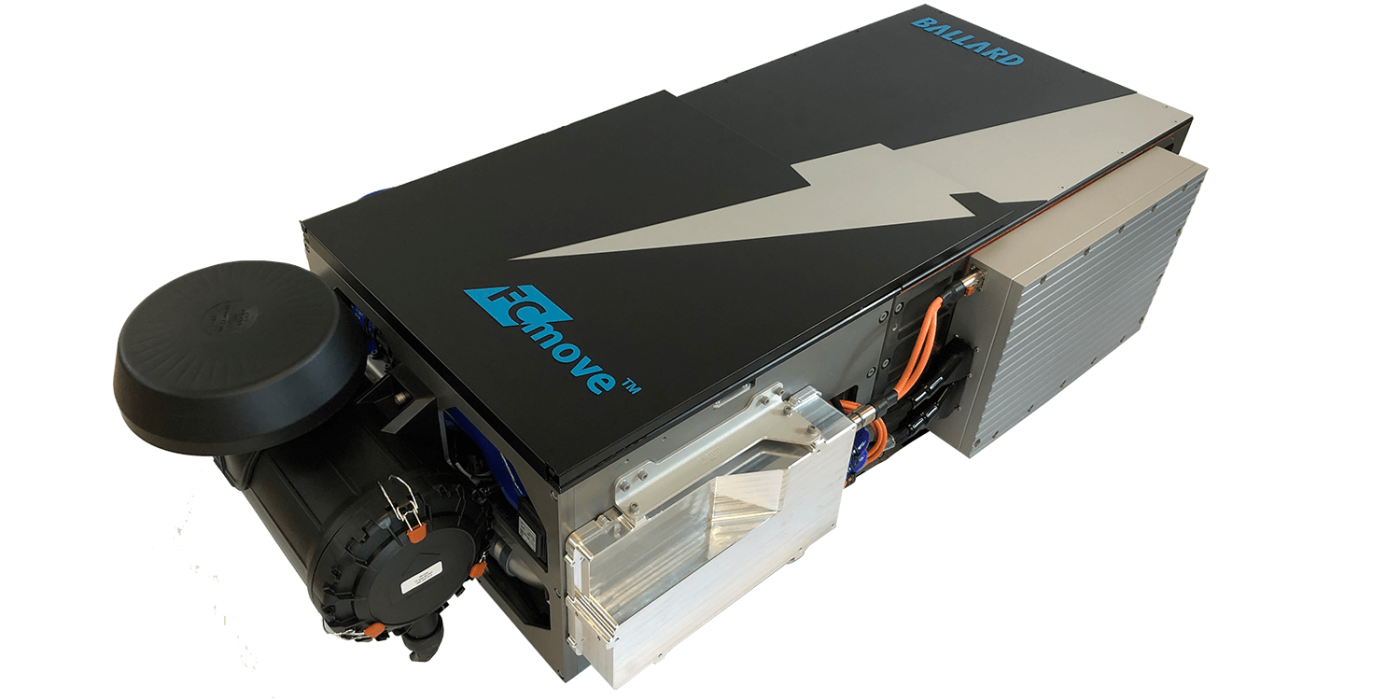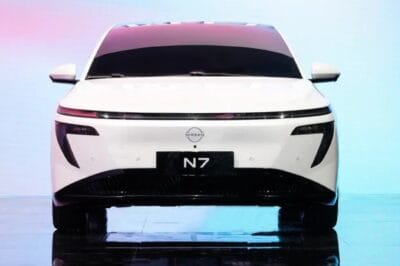Ballard to build fuel cell development facility in China
Canadian fuel cell specialist Ballard Power Systems has announced a $130 million investment in China. This will be used to build both a development centre and a membrane electrode assembly (MEA) factory near Shanghai. The planned opening is in 2025.
Ballard says it is pursuing a “local for local” production strategy – meaning components made in China are for the local market, not for export. The agreement now signed with the Anting city government calls for the Canadians to invest a total of $130 million in the plant and development center over the next three years.
The plant is located in one of China’s largest auto industry clusters in the greater Shanghai area; Anting is also where SAIC-VW, for example, builds its MEB vehicles for the Chinese market. Ballard plans to produce up to 13 million MEAs per year there, which should be enough for about 20,000 vehicles. The Canadians say they expect to be able to expand production capacity “significantly” in future expansion phases, with much lower capital requirements. Neither is quantified, however.
Ballard last year completed the expansion of its MEA manufacturing operations in Canada. Membrane electrode unit manufacturing is still considered a limiting factor in the production of ready-to-install fuel cell stacks. With the addition of the China facility, Ballard expects to be able to meet global demand in the second half of the decade.
Through its Weichai-Ballard joint venture, the Canadian company is already manufacturing MEA in China – primarily for buses, trucks and forklifts. The Weichai-Ballard plant is located in Weifang in Shadong Province and has a capacity of 40,000 stacks. Weichai is also the largest shareholder in Ballard.
“With our continued high conviction on long-term scaled adoption in China of fuel cell electric vehicles for medium- and heavy-duty motive applications, we are now addressing long-term capacity in that market for our proprietary MEAs,” says Ballard CEO Randy MacEwen.





0 Comments